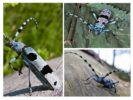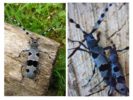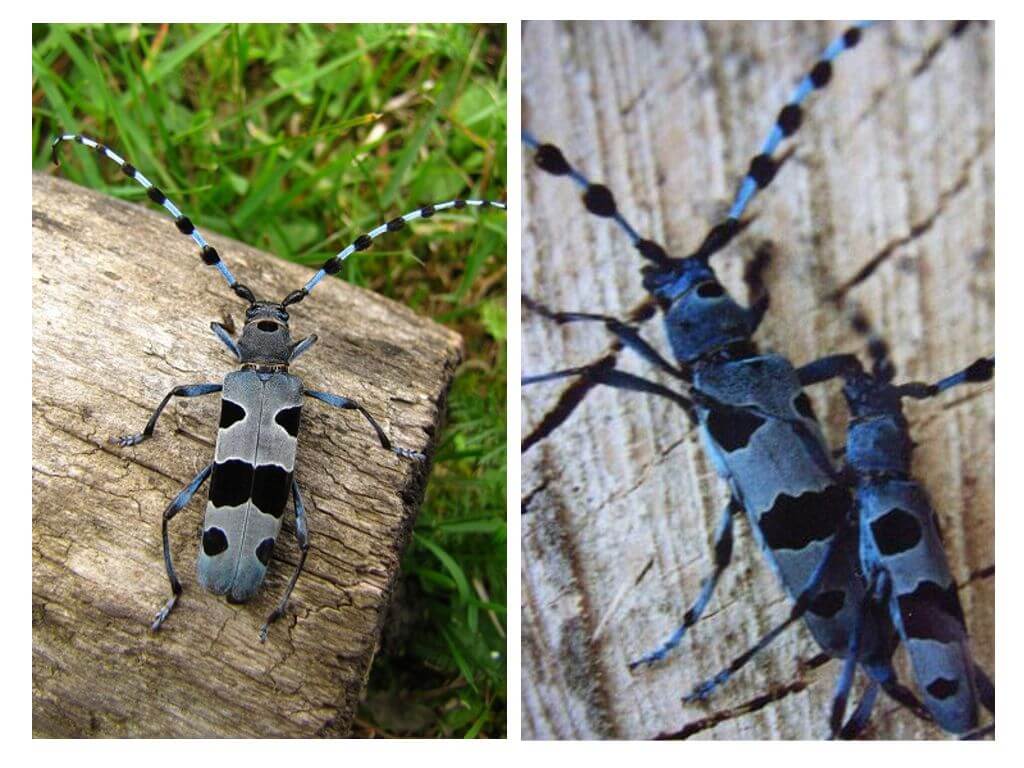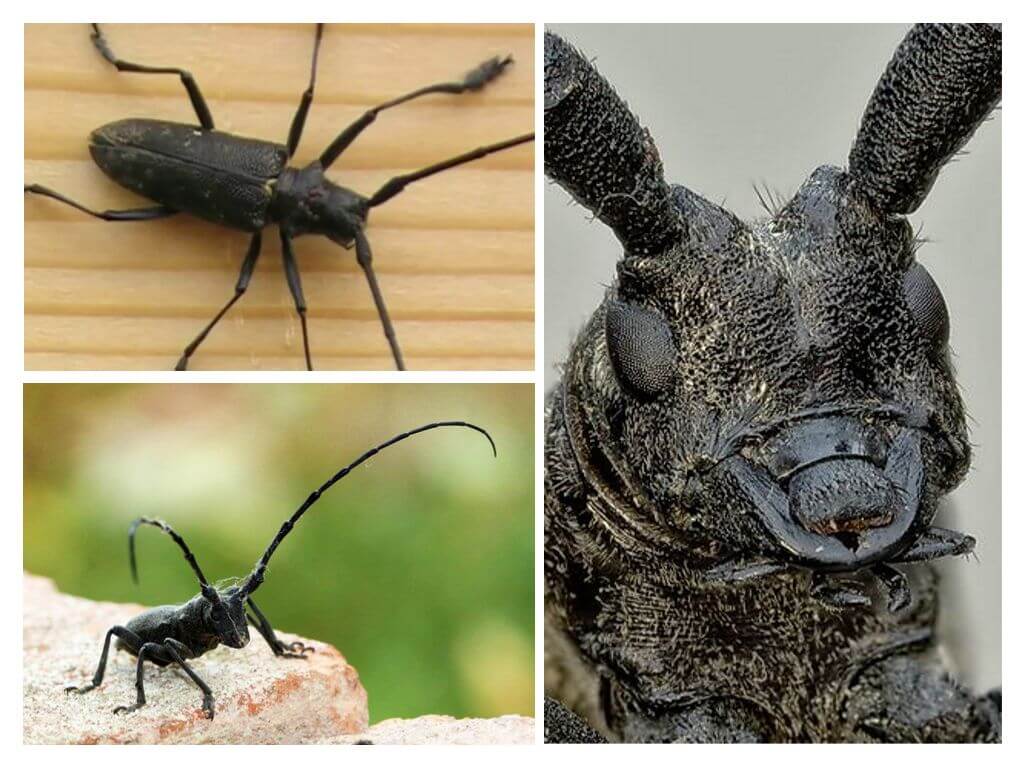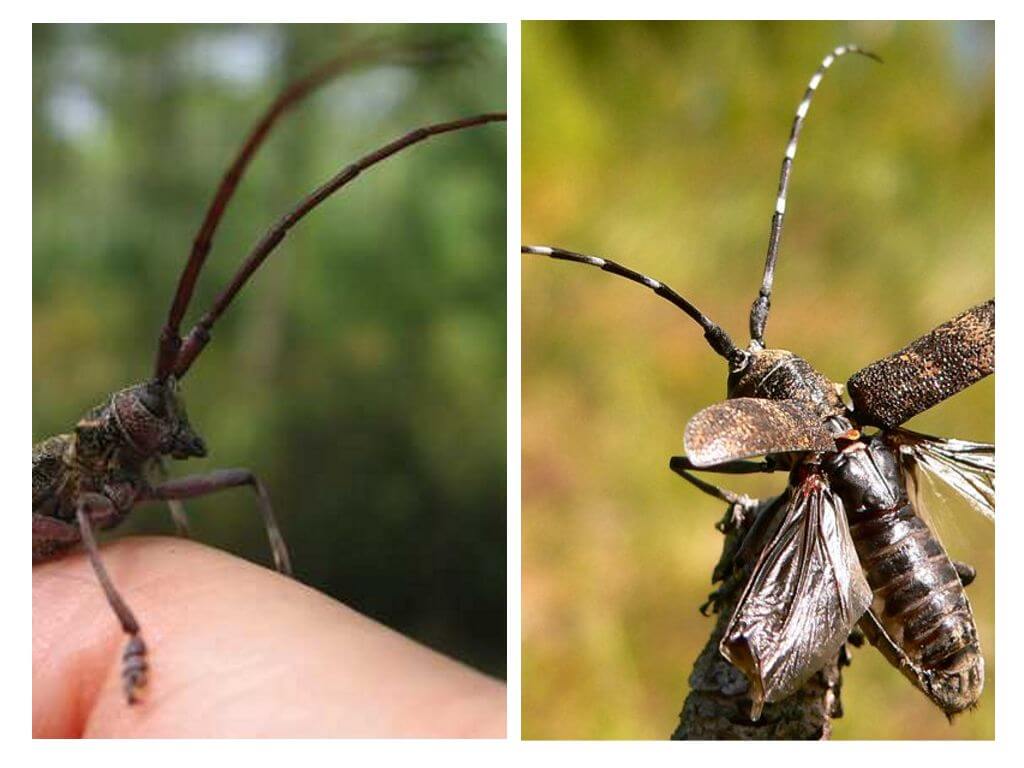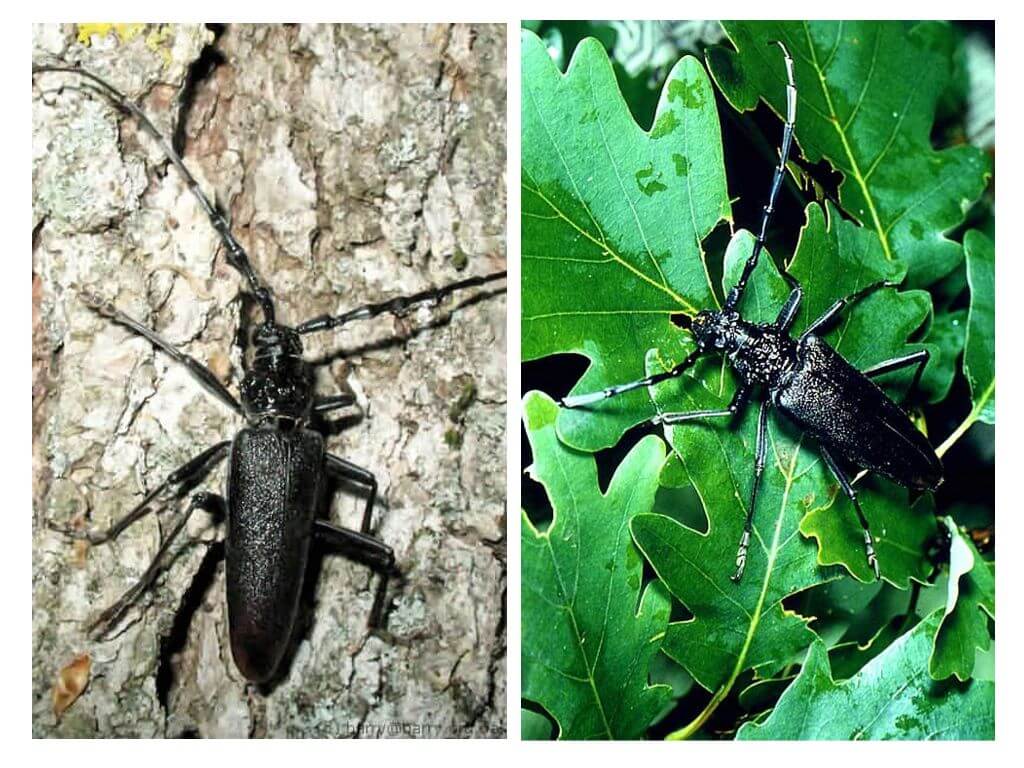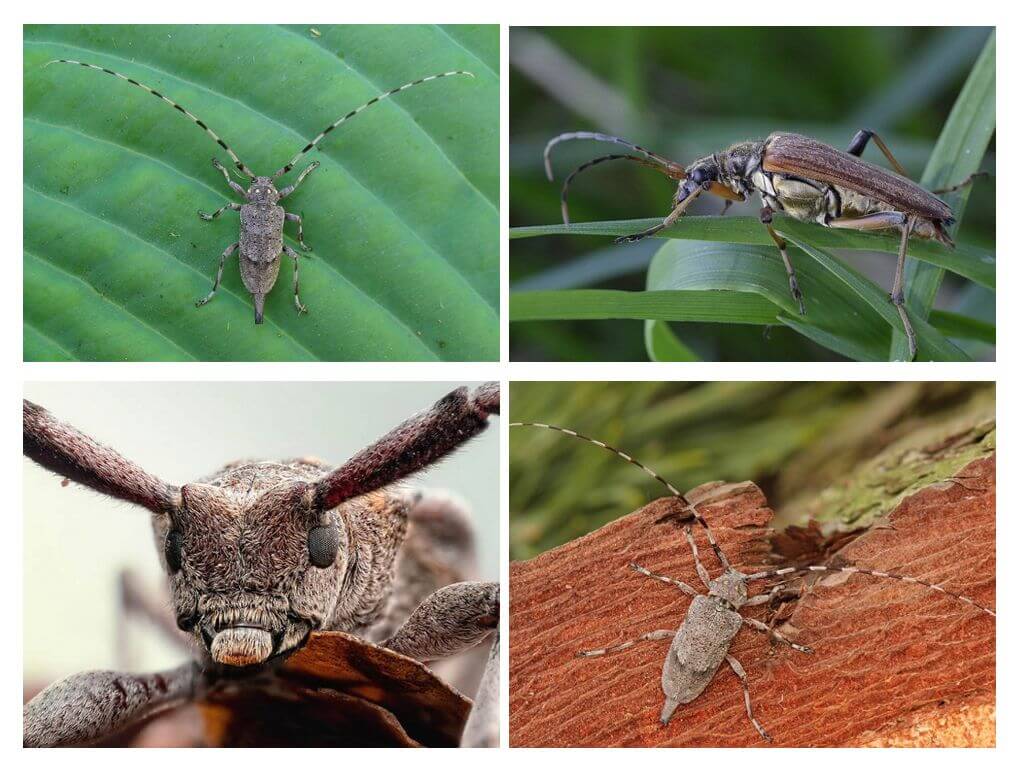- Beetle Alpine Barbel
- Beetle breeding
Alpine barbel - a beetle belonging to the family Barbel. This is the only representative of the Rosalia clan in Europe. The history of this relict family is rooted in the distant past, having survived not a single geological era during this time.
What does it look like
Alpine barbel is an insect that is distinguished not only by its large size, but also by its amazing beauty. The length of an adult in length is from 1.5 to 3.8 cm. A representative of this species has many color options, ranging from gray-blue and pale pink tones, and ending with almost black. Different color shades are created thanks to the dense colored hairs covering the body of the insect. Many will think that such a color of the bug deprives him of the opportunity to effectively hide. However, against the background of beech trunks, alpine barbel is almost invisible.
The central part of the pronotum is expressed by a black spot. On its sides there is a blunt tooth. A variable dark pattern adorns flat elytra, however, not all barbel has it. A distinctive feature of these insects is a long blue mustache, consisting of segments and having transverse stripes of thick black bristles. In males, they exceed the size of the body by 1.5-2 times, in women, the mustache reaches only the apex of the elytra. Below is an alpine barbel in the photo.
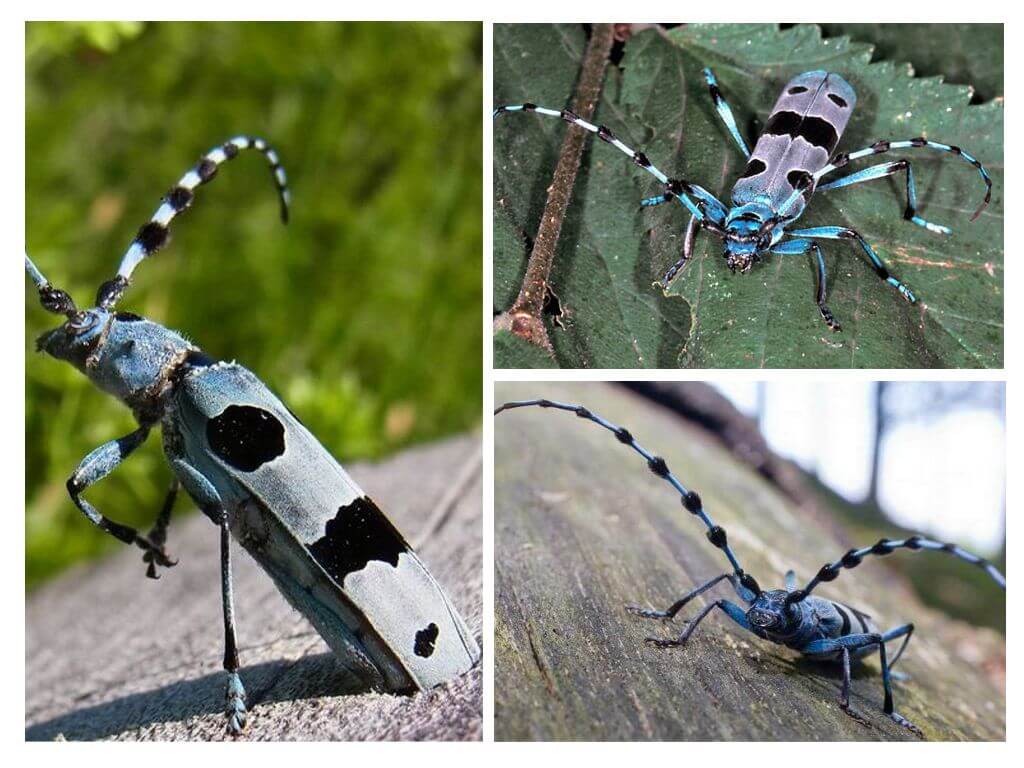
Where does he live
The habitat of the alpine barbel is the countries of Central, Eastern and Southern Europe. Beetles also live in Denmark, the Caucasus, Crimea, Turkey and Iran. Rosals are found in Russia and even in Africa.
On a note!
Despite the fact that the alpine barbel is widespread almost everywhere, it is on the verge of extinction. It is for this reason that he is listed in the Red Book.
The favorite habitat of the alpine barbel is an old beech forest. Insects also prefer broad-leaved and mixed forests. Beetles also occur in the mountains at an altitude of not more than 1 km. There are also brave men who rise up to 1.5 km above sea level.
Beetles settle mainly on old trees, where there is rotting or damaged wood by mushrooms. Try to choose trees growing in the open, so that on sunny days to actively bask in the sun. Insects fly perfectly and actively defend themselves when attacked with their powerful jaws.
What eats
The food for the alpine barbel is tree juice of beech and elm, hornbeam and chestnut, willow and pear. With pleasure, the beetle drinks the juice of hawthorn, linden, chestnuts and nuts.
How to breed
A fertilized female hurries to find a secluded crack in the bark of a dead tree and lay eggs in it. Most often, insects do egg laying on trees with a height of at least 3 m. After 2-4 weeks (depending on weather conditions), white larvae appear from them, which also feed under the tree bark. Having strengthened, they begin to lay a tunnel in the depths of the trunk, at the end of which they arrange a place for pupation. This process occurs already in the second, and even in the third year of life. A young alpine barbel emerging from a pupa flies out of its shelter in search of a female.
